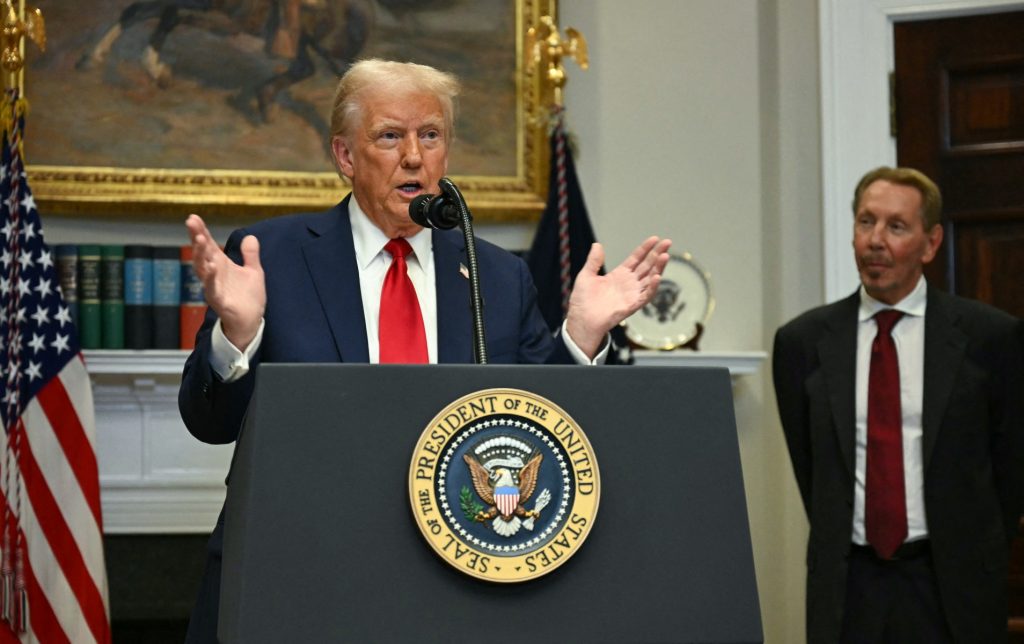Crude Oil prices, which saw an earlier increase, are projected to decline by the end of the week, largely due to energy policies introduced by US President Donald Trump.
Trump unveiled a comprehensive strategy to bolster US energy production and called on OPEC to lower crude prices.
As of 10:11 GMT, Brent crude futures rose by 32 cents, or 0.4%, to $78.61 per barrel, while US West Texas Intermediate (WTI) crude climbed 31 cents, also up 0.4%, to $74.93. Despite these gains, Brent has fallen nearly 3% so far this week, with WTI down close to 4%.

Before Trump’s inauguration, the market had established a net long position in oil futures to hedge against potential price increases caused by disruptions. This position is now being unwound, according to analyst Tchilinguirian.
Trump, during a speech by video link on Thursday to the World Economic Forum in Davos, Switzerland, said he would demand that the Organisation of the Petroleum Exporting Countries and its de facto leader, Saudi Arabia, bring down the price of crude.
He also said he would ask Riyadh to increase a US investment package to $1 trillion, up from $600 billion reported by the Saudi state news agency earlier.
Trump declared a national energy emergency on Monday, rolling back environmental restrictions on energy infrastructure as part of a sweeping plan to maximise domestic oil and gas production.
On Wednesday, he vowed to hit the European Union with tariffs and impose 25% tariffs on Canada and Mexico and said his administration was considering a 10% punitive duty on China.
As attention shifts to a possible February timeline for new tariffs, caution will likely persist in the market as any new trade restrictions will carry negative implications for global growth, potentially weighing on oil demand prospects, said Yeap Jun Rong, market strategist at IG.
Traders expect oil prices to range between $76.50 and $78 a barrel, Yeap added.
While bullish catalysts such as a significant drawdown in U.S. crude stocks are providing temporary positive swings, an over-supplied global market and projections of ailing Chinese demand continue to weigh on crude futures, said Priyanka Sachdeva, senior market analyst at Phillip Nova.
U.S. crude inventories last week hit their lowest since March 2022, according to the U.S. Energy Information Administration.


